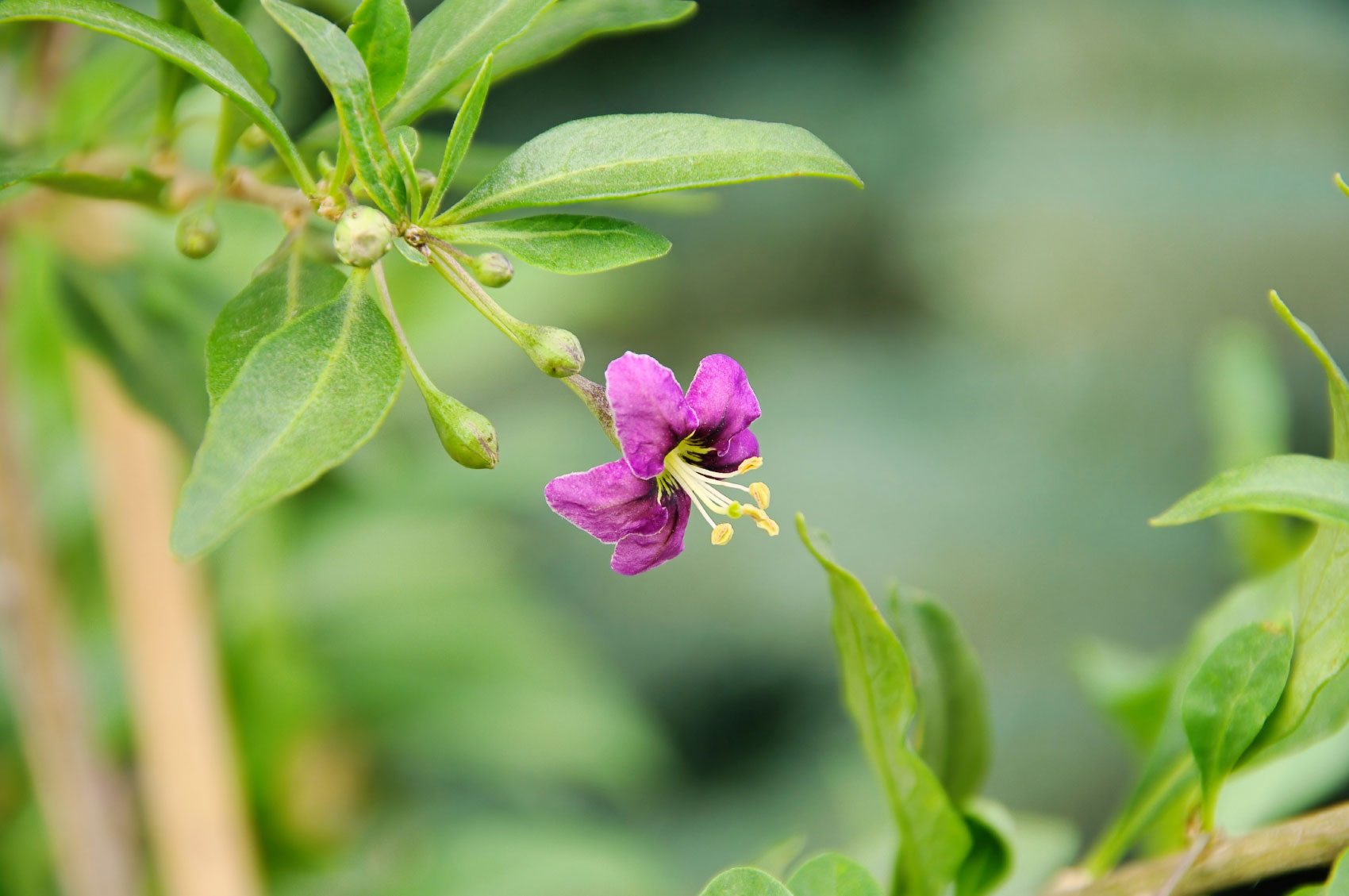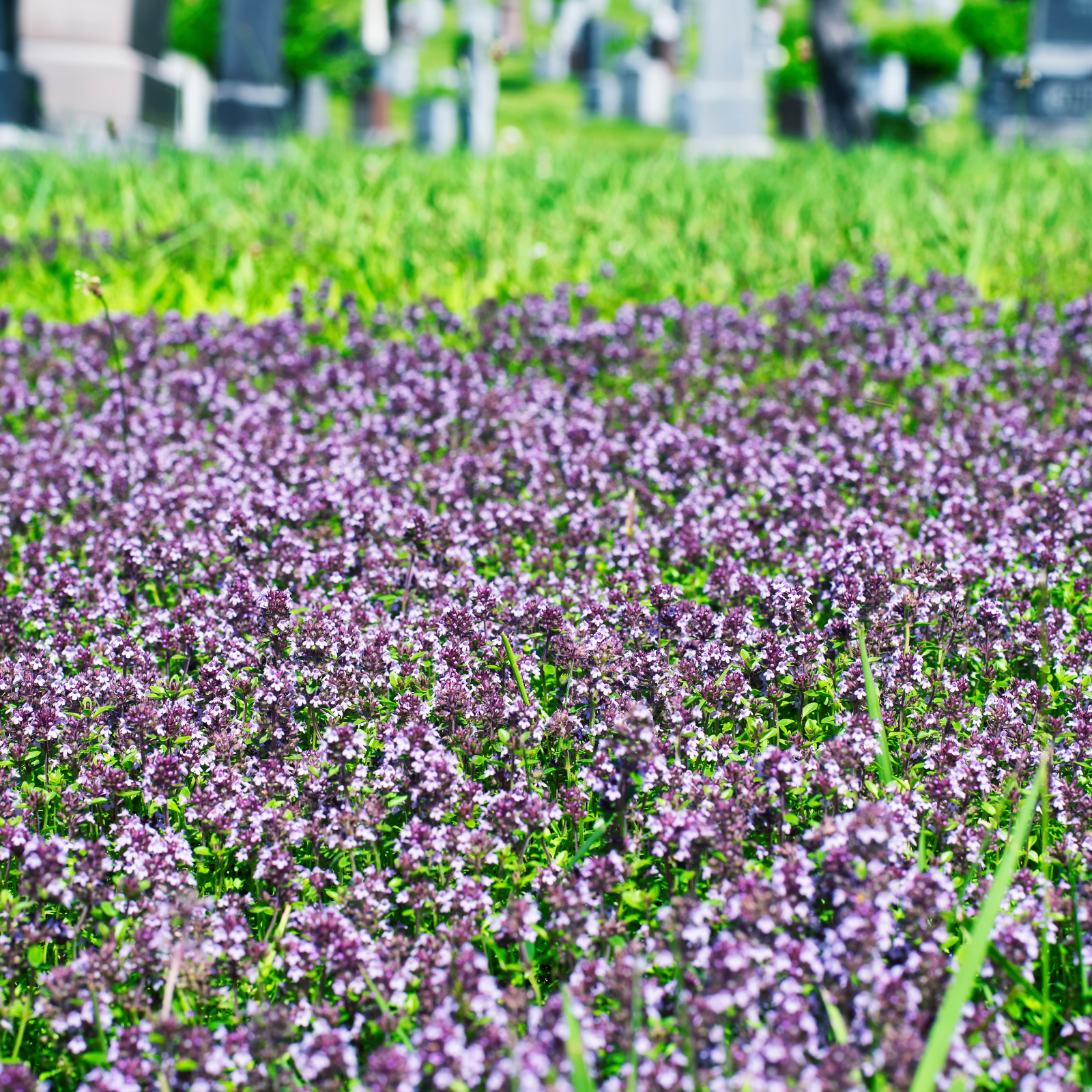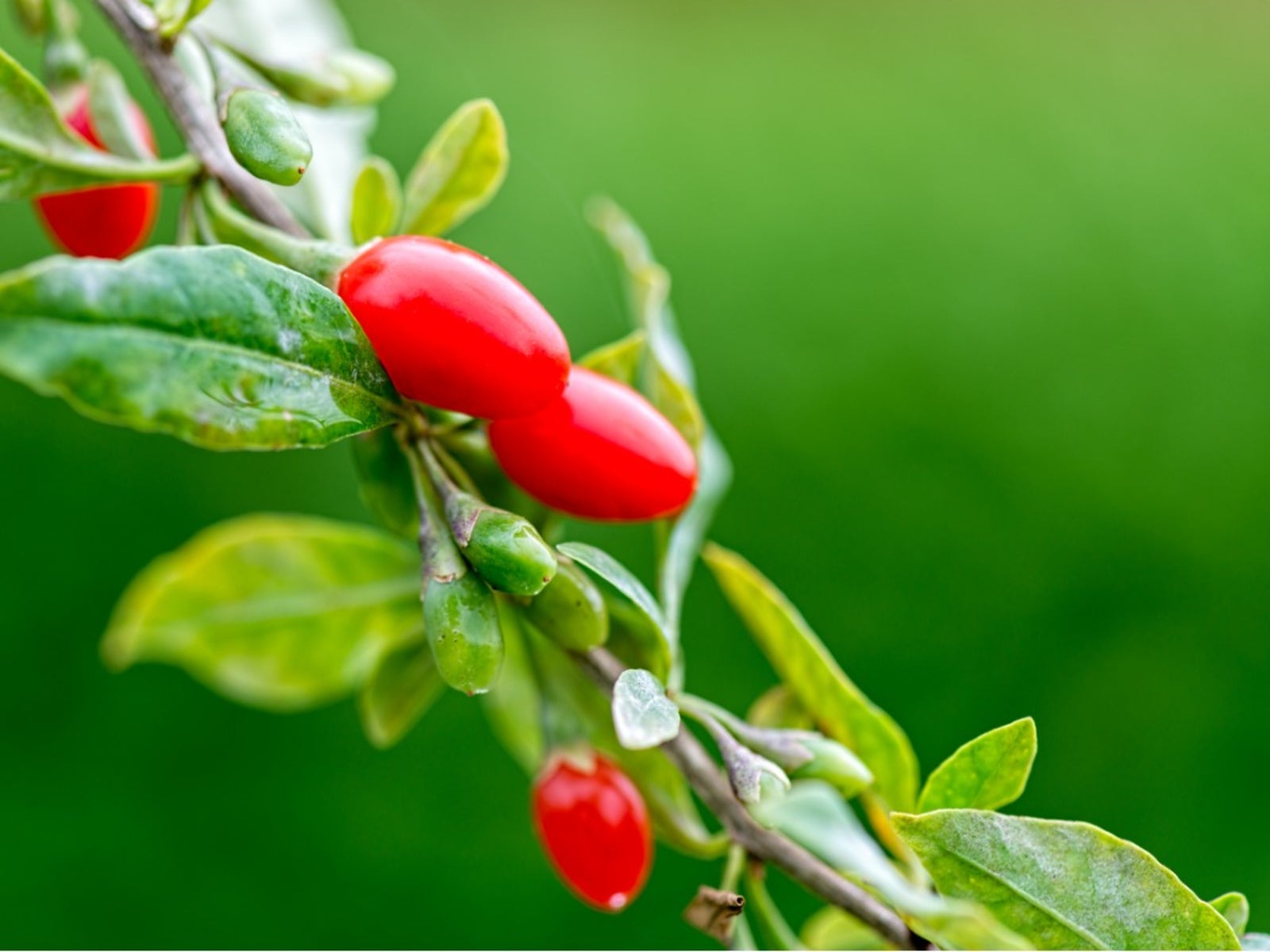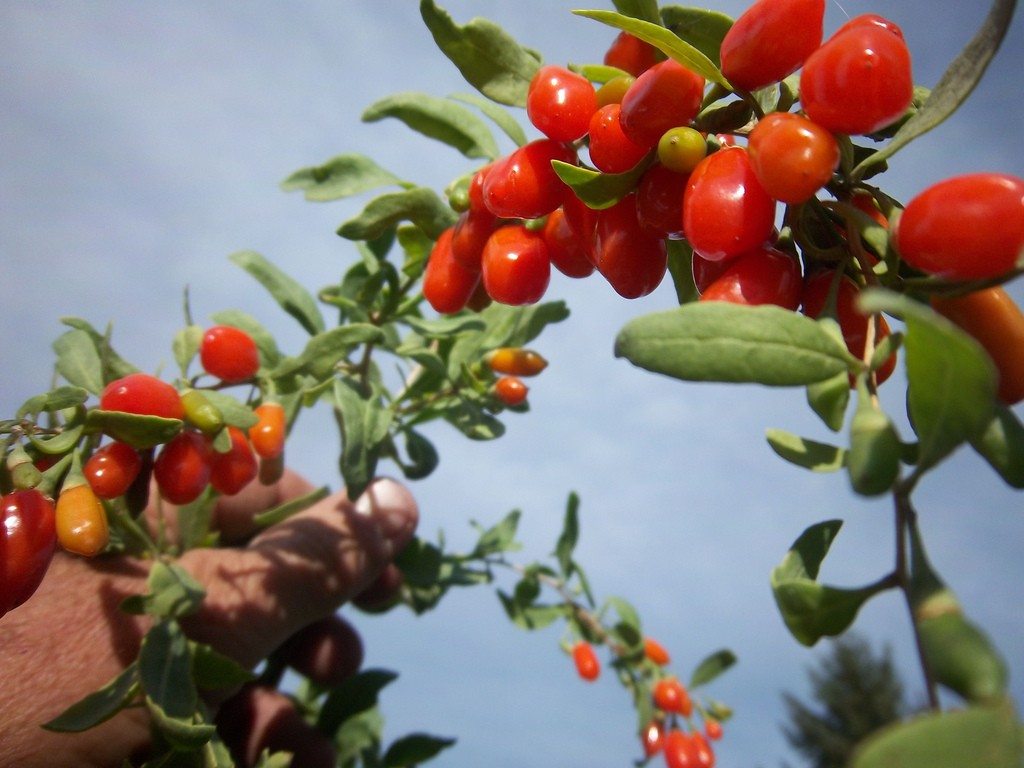Growing Matrimony Vines: Information About Matrimony Vine Plants


You may be acquainted with matrimony vine, a sprawling plant with spiny stems, leathery leaves, bell-shaped purple or lavender blooms, and red berries that fade to purple. If this doesn't sound familiar, you may know the plant by one of its many alternate names-- Barbary matrimony vine, boxthorn, false jessamine, or wolfberry. The berries, also known as goji berries, have a tart, tomato-like flavor. They are good to eat raw, dried, or cooked. However, the leaves are toxic when eaten in large quantities.
About Matrimony Vine Plants
Native to the Mediterranean, matrimony vine has escaped cultivation and is naturalized in the warm climates of Louisiana, North Carolina, and Florida. It is a member of the plant family that includes nightshade, potatoes, and tomatoes. Matrimony vine (Lycium barbarum) is a fast-growing plant that tolerates wet, sandy soil and standing water. However, it is tough enough to withstand periods of drought. It is a good choice for erosion control, although it can become weedy.
How to Grow a Matrimony Vine
Matrimony vine grows in any type of well-drained soil. While the plant prefers full sunlight, it tolerates partial shade. The easiest way to grow a matrimony vine is to purchase a small plant from a greenhouse or nursery. Dig a little compost or manure into the soil, then plant the vine after the last frost in spring or shortly before the first frost in autumn. Alternatively, start a new plant by taking cuttings from an existing plant. Cut a 4 to 5 inch (10-13 cm.) stem. Strip off the bottom leaves; dip the end of the cuttings in rooting hormone, then plant them in potting mix. Cover the cuttings with plastic and keep them in a warm, semi-dark location until you notice new growth. At that time, remove the plastic and move the young plants to bright light. Water as needed to keep the potting mix lightly moist, but never soggy. Once they are growing, matrimony vine requires little care. Fertilize the plant occasionally, but don't overfeed or you'll have lush growth and no blooms or berries. Prune in early spring, then trim lightly to keep the plant neat and tidy throughout the growing season.
Gardening tips, videos, info and more delivered right to your inbox!
Sign up for the Gardening Know How newsletter today and receive a free copy of our e-book "How to Grow Delicious Tomatoes".

A Credentialed Garden Writer, Mary H. Dyer was with Gardening Know How in the very beginning, publishing articles as early as 2007.
-
 Get Ready For A Summer Of Hummers! Grow These Full Sun Hummingbird Plants and Flowers
Get Ready For A Summer Of Hummers! Grow These Full Sun Hummingbird Plants and FlowersIf you’re lucky enough to enjoy a sunny backyard, make sure you are maxing out on your pollinator opportunities and grow these full sun hummingbird plants and flowers
By Tonya Barnett
-
 12 Lush Alternatives To A Lawn For Sustainable Spaces
12 Lush Alternatives To A Lawn For Sustainable SpacesAlternatives to a lawn are beautiful and also beneficial to your local ecosystem and its pollinators. Explore our top picks for plants to replace grass.
By Tonya Barnett
-
 Goji Berry Plant Propagation: How To Propagate Goji Berry Seeds And Cuttings
Goji Berry Plant Propagation: How To Propagate Goji Berry Seeds And CuttingsThe goji berry plant is a great addition to the garden, being touted all over these days as a tasty superfood. But how do you get more goji berry plants? Click the following article to learn more about how to propagate a goji berry plant.
By Liz Baessler
-
 Potted Goji Berries: Growing Goji Berries In Containers
Potted Goji Berries: Growing Goji Berries In ContainersIf you like the idea of growing goji berries but you're lacking garden space, planting them in containers is a viable alternative. In fact, potted goji berries are surprisingly easy to grow and maintain. Learn more in this article.
By Mary H. Dyer
-
 Goji Berry Growing Info: Learn About How To Grow Goji Berries
Goji Berry Growing Info: Learn About How To Grow Goji BerriesThe benefits of gogi berries are numerous and available to the home gardener. What are goji berries and how do you grow them? Read this article to learn more. Click here for goji berry info.
By Bonnie L. Grant